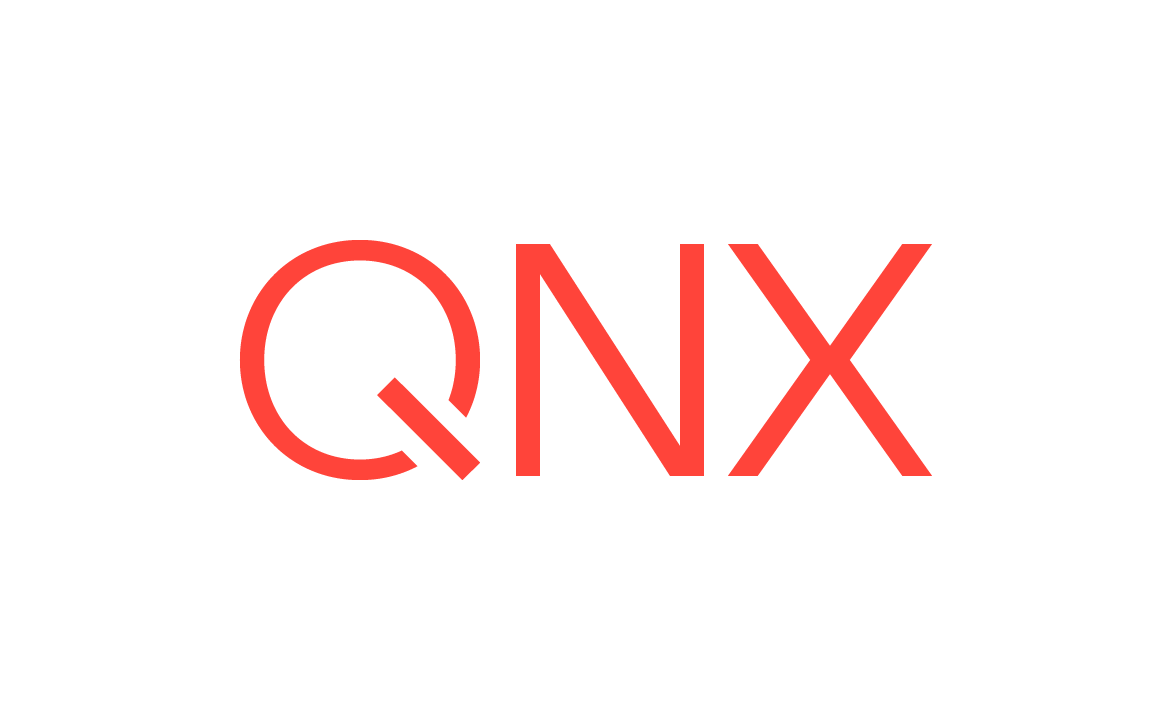About the QNX OS User's Guide
The QNX OS User's Guide is intended for all users of a QNX OS system, from system administrators to end users.
This guide tells you how to:
- Use the QNX OS runtime environment, regardless of the kind of computer it's running on (embedded system or desktop). Think of this guide as the companion how-to doc for the Utilities Reference. Assuming there's a system prompt waiting for input, this guide is intended to help you learn how to interact with that prompt.
- Perform such traditional system administration topics as setting up user accounts, security, starting up a QNX OS machine, etc.
This User's Guide is intended for
programmers who develop QNX OS-based applications, as well as OEMs
and other resellers
of the OS, who may want to pass
this guide on to their end users as a way to provide
documentation for the OS component of their product.
- Your system might not include all of the things that this guide describes,
depending on what software you've installed.
For example, some utilities are included with the OS,
and others are included in a specific Board Support Package (BSP).
The online version of this guide contains links to various books throughout our entire documentation set; if you don't have the entire set installed on your system, you'll naturally get some bad-link errors (e.g.,
File not found
). - Disable PnP-aware OS in the BIOS.
The following table may help you find information quickly:
| To find out about: | Go to: |
|---|---|
| How QNX OS compares to other operating systems | Getting to Know the OS |
| Starting and ending a session, and turning off a QNX OS system | Logging In, Logging Out, and Shutting Down |
| Adding users to the system, managing passwords, etc. | Managing User Accounts |
| The basics of using the keyboard, command line, and shell (command interpreter) | Using the Command Line |
| Files, directories, and permissions | Working with Files |
| How to edit files | Using Editors |
| Customizing your shell, setting the time, etc. | Configuring Your Environment |
| Creating your own commands | Writing Shell Scripts |
| The filesystems that QNX OS supports | Working with Filesystems |
| Setting up TCP/IP | TCP/IP Networking |
| Backing up and restoring your files | Backing Up and Recovering Data |
| Making your QNX OS system more secure | Securing Your System |
| Analyzing and improving your machine's performance | Fine-Tuning Your System |
| How many processes, files, etc. your system can support | Understanding System Limits |
| Samples of buildfiles, profiles, etc. | Examples |
| Terms used in this document | Glossary |
For information about programming in QNX OS, see Getting Started with the QNX OS and the Programmer's Guide.
Copyright and patent notice
Copyright © 2004–2025, BlackBerry Limited. All rights reserved.
